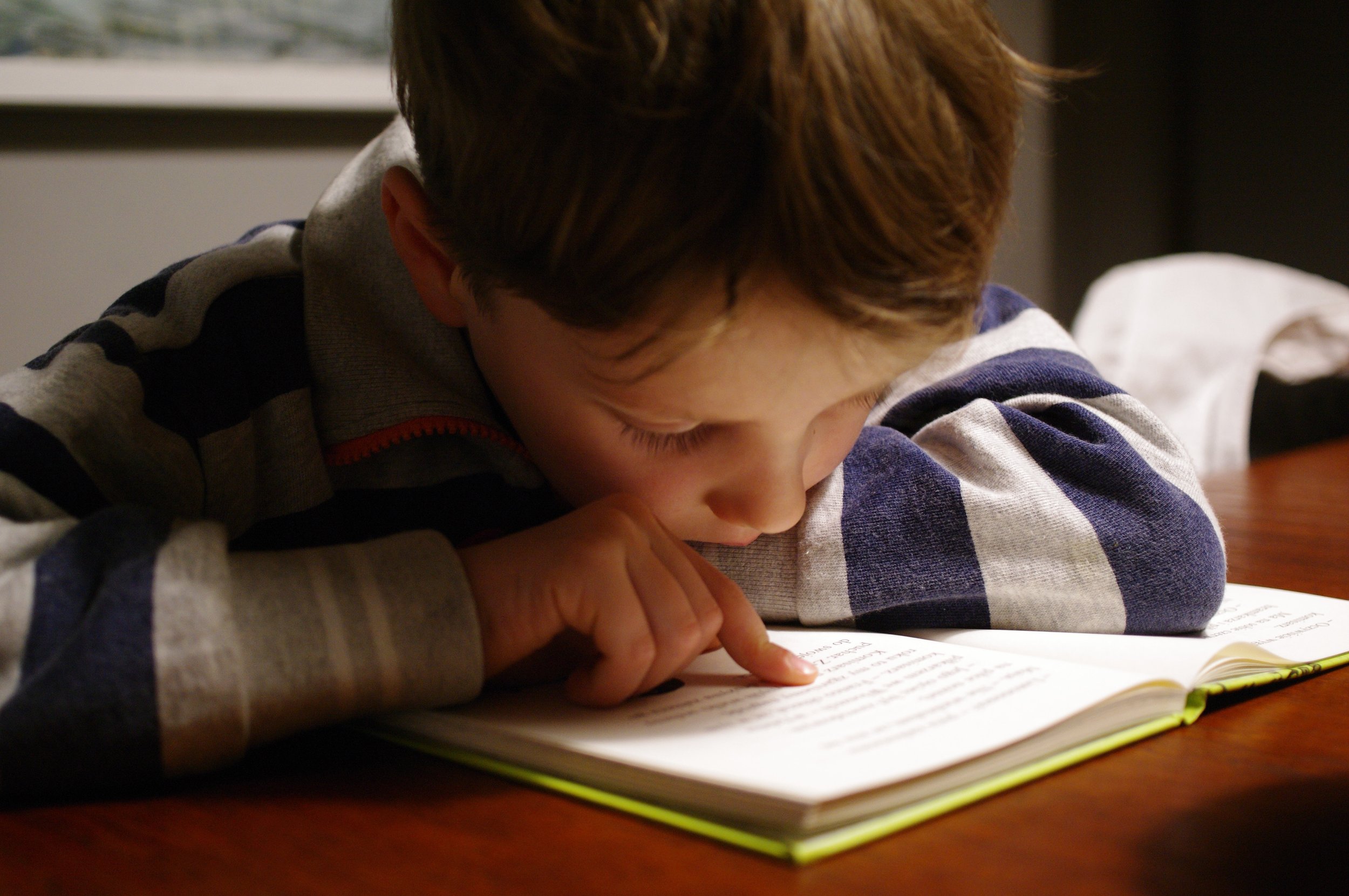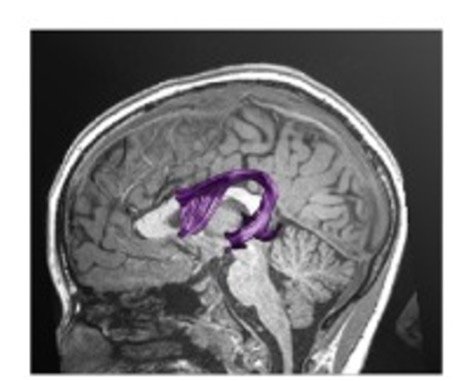How do brain structure differences affect reading abilities?
Our brains consist of billions of brain cells, or neurons. Amongst these neurons lies a mystery that has fascinated scientists and educators for years: the art of reading. When we read, our brains engage in many complex processes that help us interpret the words on a page. However, while many of us take reading skills for granted, others find reading challenging and suffer from reading disorders such as dyslexia. Research exploring the neural underpinnings of reading abilities has revealed that not all of our brains are structured in the same way. This work suggests that there are specific brain structures that support different facets of reading.
Individual differences in reading ability have long been associated with brain structure. Specifically, researchers have studied how pathways in the brain might influence how well different brain areas can communicate with each other to quickly relay information. But, researchers at Western University have recently published work that differs from previous studies. In the past, research in the area of reading has largely measured reading as a single, unified process. For example, when someone reads a novel they are able to seamlessly blend word recognition, comprehension, and interpretation. However, this approach has made it challenging to understand the intricate role of brain structure in the discrete sub-skills that collectively form the art of reading. Sub-skills are the separate components that we rely on to be able to read successfully.
Breaking “reading” into it’s sub-skills
Reading sub-skills are parts of the reading process that provide unique contributions to our overall cognitive abilities, like practicing phonics or building vocabulary. For example, how quickly you can read a word and how well you can understand what sentences mean are two sub-skills that help when reading something new and unfamiliar. In this study, participants were asked to do a number of behavioural assessments to determine a score for each of the sub-skills. As with any complex skill, it makes sense that to best understand how we read, we must first break it down into smaller, more manageable pieces of the puzzle.
The researchers looked at components of reading to get scores specific to the following sub-skills:
Reading comprehension: ability to understand the meaning of words.
Decoding efficiency: ability to spell out words they are unfamiliar with.
Sight word reading: ability to read and understand words quickly and accurately.
Rapid automatized naming: ability to quickly name a series of familiar items, such as letters, numbers, colors, or objects.
Brain imaging to look at structure
A brain scan of a participant showing a pathway of interest in purple. Image source here.
Employing a type of brain imaging technique known as diffusion tensor imaging, the researchers behind this study were able to examine how white matter pathways look in individual participants. This means that using a brain scanner, they were able to take clear images of the pathways connecting regions. An example of this is shown in the image below, with a connection between brain areas shown in purple. Pathways in the brain, like the one seen below, allow for information to pass quickly from one area to another. If there are abnormalities in the way these pathways work, it may help to explain why some people struggle more with certain skills, like reading. For some people, these pathways might be strong and efficient and for others the pathways may be weaker at transmitting information. The research team were able to use this information to relate the brain structure to differences in reading sub-skills.
Sixty five children, aged 8 to 14, were recruited to participate in this study. This age group is particularly interesting because by this age, most children have developed basic reading abilities. Eighteen of these children reportedly struggled with reading, and thirteen of those were identified as having a reading disability. One downside of brain scanning is that it requires children to stay perfectly still to get a good picture. Just like if you were moving when taking a picture on a camera it would be blurry, the same thing can happen in the scanner. If the images are too blurry, the researchers can’t identify the specific parts of the brain they are interested in. To combat this, the research team asked participants to complete a “mock scanning session”, where they used a fake scanner in an attempt to train the children to stay still and get familiar with the environment.
The research found that the structure of some of the key pathways for language and reading abilities were linked to specific sub-skills of reading. One finding highlighted that a “stronger” pathway in the left hemisphere was related to better sight word reading and rapid naming abilities, two of the key sub-skills.
While some of the associations were positive, the team also found negative correlations between the strength of pathways and reading abilties in different parts of the brain, largely on the right side. The authors speculate that this may indicate that the right hemisphere plays a more important role in reading for children who have reading difficulties. However, they also note that the right hemisphere pathways have been understudied and therefore more research should be done focusing on this area. It is possible that as reading proficiency increases, we rely less on the right side of our brain and those pathways become less important. These observations help to form a clearer picture of the connection between specific brain structures and key aspects of reading proficiency.
Supporting children with reading difficulties
Understanding these intricate brain connections carries immense significance, particularly when it comes to children’s brain development. The ability to read is not only a fundamental life skill but also a gateway to acquiring knowledge, fostering creativity, and achieving success in many aspects of life. In a world where information is often conveyed through written words, from text messages to newspapers, being able to read opens the door for learning, communication, and opportunity.
Work in this area helps to demystify the challenges faced by those with reading difficulties. The finding that there are differences in brain structure across a range of reading abilities suggests that the way our brains are shaped does not necessarily determine who will have reading disabilities. It is important that research continues to consider different sub-skills when investigating the relationship between the brain and reading abilities. If scientists can better understand the diverse neural pathways that shape reading abilities in children we may in turn equip educators, parents, and researchers with knowledge of how to better support children. In the long term, this sort of research could pave the way for early interventions and personalized learning approaches for children on their journey to literacy. This could make a profound difference in the lives of children who struggle and are frustrated with reading, ultimately giving us a way towards a more inclusive future.
Original article:
Cross, A. M., Lammert, J. M., Peters, L., Frijters, J. C., Ansari, D., Steinbach, K. A., Lovett, M. W., Archibald, L. M. D., & Joanisse, M. F. (2023). White matter correlates of reading subskills in children with and without reading disability. Brain & Language, 241, 105270. https://doi.org/10.1016/j.bandl.2023.105270


